1st Lieutenant Dave Anson, U.S. Army: The Eyes of the Artillery in Vietnam, 1968-1969
I never know what to expect when I interview a veteran. Such was the case with 1st Lieutenant Dave Anson, U.S. Army. Dave was referred to me by a fellow veteran who said “I think you should talk to Dave. He is a hell of a nice guy and his story needs to be told.” That was good enough for me, so I reached out to Dave and on a recent Friday night we talked at length about his life and service. I have to tell you, I was spellbound listening to Dave from the start. He spoke matter-of-factly about his tour of duty in Vietnam as if it were something anyone could do. He stressed, “I am not a war hero.” After you read Dave’s story, I’ll let you be the judge of that.
Dave was born in 1946 and raised in Carter Lake, Iowa, which has the distinction of being all but surrounded by Omaha, Nebraska, and the only portion of Iowa located west of the Missouri River. He attended Thomas Jefferson High School in Council Bluffs, Iowa, where he played football and participated in Army Junior ROTC, although he admits to not having a strong interest in the program. Shortly after he graduated in 1964, he went for a military draft screening physical. The doctor labelled him 4F—unfit for military service—because he had perfectly flat feet, so Dave did not expect military service to ever be part of his future.
Dave enrolled at the University of Nebraska Omaha, where he continued to play football and even participated in Air Force ROTC. Then, in 1966, he received a surprise – he’d been drafted despite his previous 4F classification! So, around Labor Day, he and a number of friends he still stays in touch with today boarded a train bound for Fort Bliss, Texas, to begin his hitch in the Army.
Dave describes boot camp just as you would expect, lots of yelling and nonstop training. However, Dave’s previous ROTC experience made it an easy transition for him because he had already been introduced to military culture and was used to marching everywhere he went. He was also a 6-foot 2-inch, 220-pound football player, so he “didn’t have any problems with people.” In fact, he did so well, he was designated as the platoon leader for his platoon.
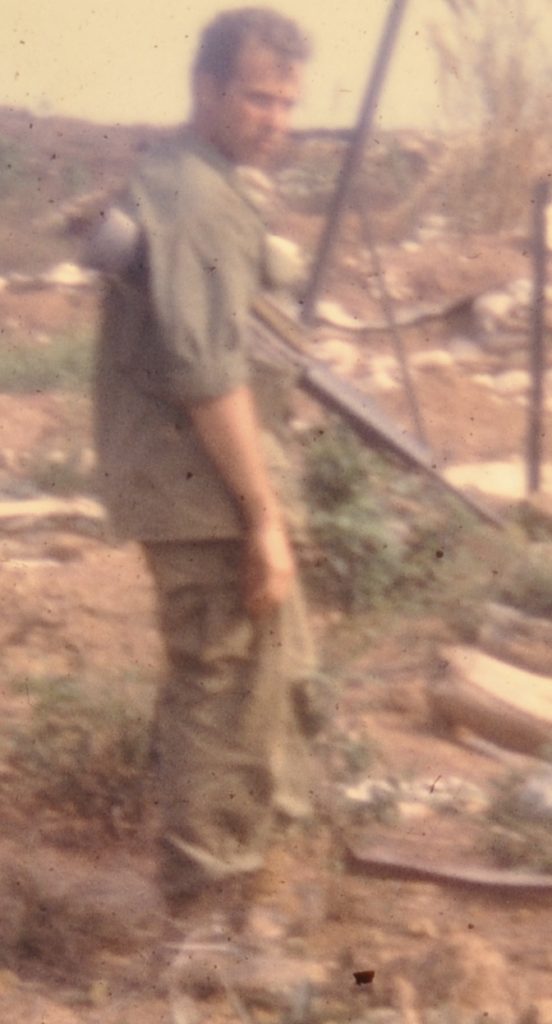
Several aptitude tests at Fort Bliss charted the course for Dave’s Army experience. First, he qualified for Signal Corps advanced individual training (AIT). Second, he scored high enough to be eligible for Officer Candidate School (OCS). Finally, he graduated from boot camp as a Private First Class (E-3). This was not only an honor given that most other soldiers graduated as a Private (E-1), but it also meant more money in each paycheck.
After Fort Bliss, Dave attended Signal Corps AIT and Radio Telephone Operator School at Fort Gordon, Georgia. He was also slotted for Signal Corps OCS, but before he could attend, the Army closed the school and transferred him to OCS at Fort Sill, Oklahoma, where he trained to become an artillery officer. Dave considers graduating from OCS at Fort Sill to be one of the most challenging things he has ever done. The training was intense, both physically and mentally, especially given the math required to learn to put ordnance on target. To this day, Dave believes his training at Fort Sill was one of the defining experiences of his life.
Dave graduated from OCS at the end of 1967 and reported to the recently reactivated 46th Artillery Group at Fort Carson, Colorado. There he worked with heavy artillery – 175 millimeter guns and 8-inch howitzers. Given that the unit was just reactivating, he also had a host of collateral duties, including motor pool officer and dog training officer. All of that ended, though, when he received new orders in mid-1968. He was going to Vietnam.
Now a 1st Lieutenant, Dave arrived in the Republic of South Vietnam in August of 1968, six months after North Vietnam’s infamous Tet Offensive. He was assigned to the 1st Battalion, 40th Field Artillery Regiment (1st/40th), located in the I Corps area of operations just below the Demilitarized Zone (DMZ) between South and North Vietnam. The problem was the DMZ was anything but demilitarized, resulting in heavy fighting throughout the war. The 1st/40th’s mission, together with the Marines and the South Vietnamese forces they supported, was to stabilize the DMZ.
Dave’s initial assignment was as a forward observer (FO) with the Army’s 3rd Battalion, 5th Cavalry Regiment (3/5 Cavalry). Working together with a radio telephone operator (RTO) and a reconnaissance sergeant (Recon sergeant), Dave served as the eyes of the artillery in the field. This means he traveled with the 3/5 Cavalry and called in targeting data to the 1st/40th Field Artillery so they could rain precision fire down on the enemy’s position. Because of the firepower they helped bring to a fight, FOs were incredibly valuable to U.S. infantry and cavalry units. The problem was, the North Vietnamese Army (NVA) and Viet Cong recognized their value too, making FOs and their RTOs prime targets. As a result, FOs and RTOs suffered a high mortality rate.

Initially, Dave patrolled the coast with Charlie Company of the 3/5 Cavalry, normally operating within 25-30 kilometers from the DMZ. Typically, they would go out early in the morning and surround the land side of a coastal village while U.S. Navy gunboats patrolled off the village in the Gulf of Tonkin. The gunboats prevented any NVA or Viet Cong fighters from escaping by sea. With the Cavalry and the gunboats in place, South Vietnamese soldiers from the Army of the Republic of Vietnam (ARVN) would land by helicopter and sweep through the village to root out the enemy. Dave does not recall any significant engagements during these operations, other than one time when U.S. Army forces and U.S. Navy gunboats mistook each other for the enemy and fired on each other. Fortunately, no one was injured.
Around Christmas of 1968, Dave was transferred to Gio Linh, located just south of the DMZ. He worked in a tower, calling in artillery fire on anything in the area that moved. At some point, he figures they annoyed the NVA a little too much because the NVA started to routinely hit the U.S. position with rocket and mortar fire. Dave felt safe in the tower, though, as long as it didn’t take a direct hit.
In early 1969, Dave spent six weeks as a FO assigned to an ARVN unit in the A Shau valley, which lies west of the coastal city of Hue (the scene of very heavy fighting during the 1968 Tet Offensive). During one firefight, Dave recalls the ARVN unit withdrawing and leaving Dave, his RTO and his Recon sergeant behind. Dave had to contact the unit by radio to get them to come back and pick him up, which they eventually did after Dave told them he was going to start walking back on his own.
In late February, Dave’s assignment changed yet again. For the first time, he was actually assigned to Charlie Battery of the 1st/40th Field Artillery, his parent unit. The unit operated M108 105-millimeter howitzers, which could fire a 33-pound explosive projectile up to 7 miles. These were the big guns that Dave in his previous roles sent targeting data to so they could destroy enemy positions with indirect fire.
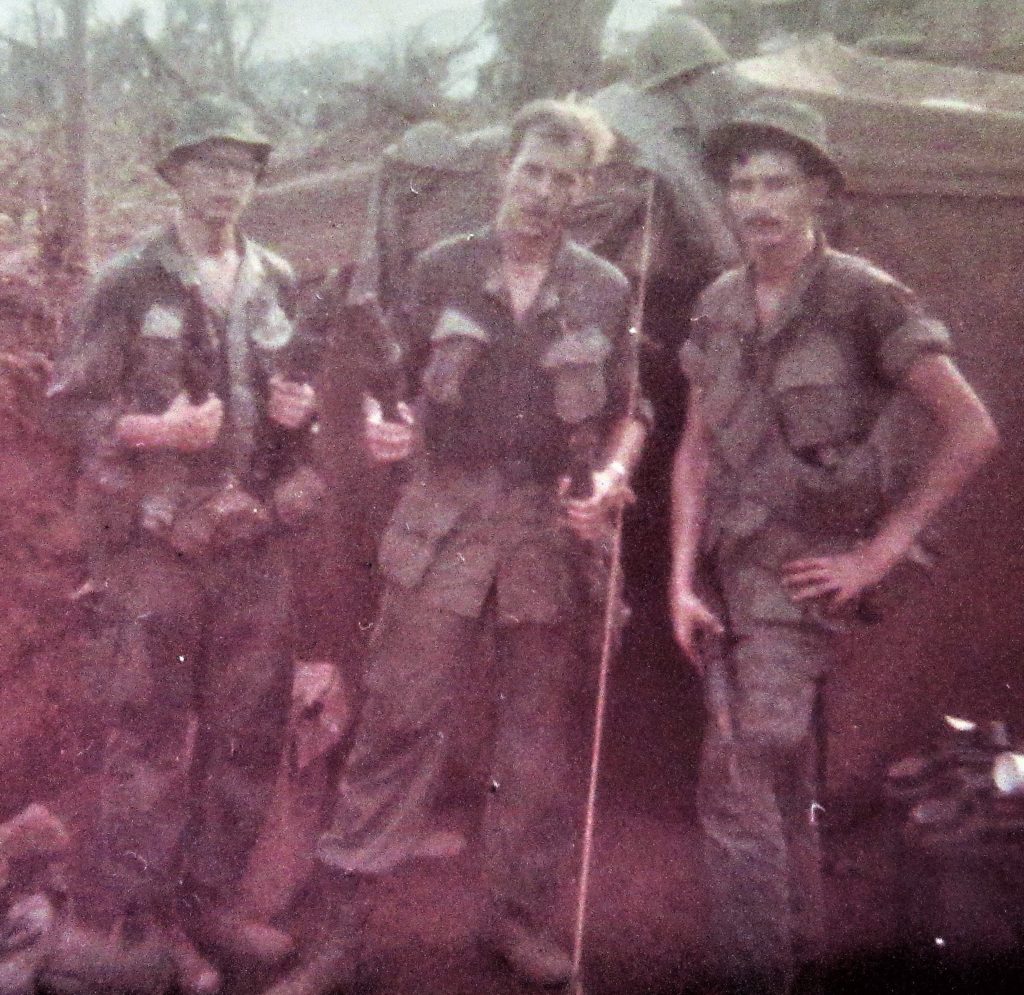
Charlie Battery’s mission was to operate in support of a unit of the 5th Infantry Division (Mechanized) and a battalion of ARVN soldiers along Highway 9 to Khe Sahn and Lang Vei on the border with Laos. More specifically, they were to interdict NVA forces infiltrating south along the Ho Chi Minh Trail. Together with his RTO and Recon sergeant, Dave recalls patrolling in the vicinity of Khe Sanh, finding arms caches and reporting the positions of enemy units. Dave senses that to some extent the forces he was with were being used as bait to draw out the enemy, as the NVA and Viet Cong were hard to find and thus hard to attack. Still, Charlie Battery was able to target and destroy NVA vehicles heading south on the Ho Chi Minh Trail. Rarely did the NVA return fire.
Things changed on April 25th when Charlie Battery was operating out of a fixed position. Dave and a few others had taken time to dig in, but not everyone in the unit thought it was necessary. They learned otherwise when the NVA attempted to overrun their unit. With his carbine in hand, Dave ran from his position toward the Fire Direction Center (FDC), which directs the fire from the unit’s M108 guns. Just after he arrived under the canvas tent portion of the FDC, it took a direct hit from an NVA artillery round that landed just three feet from Dave, blowing a hole in his midsection. Dave’s good friend, First Lieutenant Ron Vann, was hit by the same blast and died in Dave’s arms.
Dave recalls the situation being desperate. Still with carbine in hand and severely wounded, he made his way to the armored personnel carrier serving as the command post, where another skirmish was ongoing. Dave managed to make a call for a Medevac helicopter, but remembers nothing more. Charlie Battery suffered eight casualties that night, including the loss of 1st Lieutenant Vann.
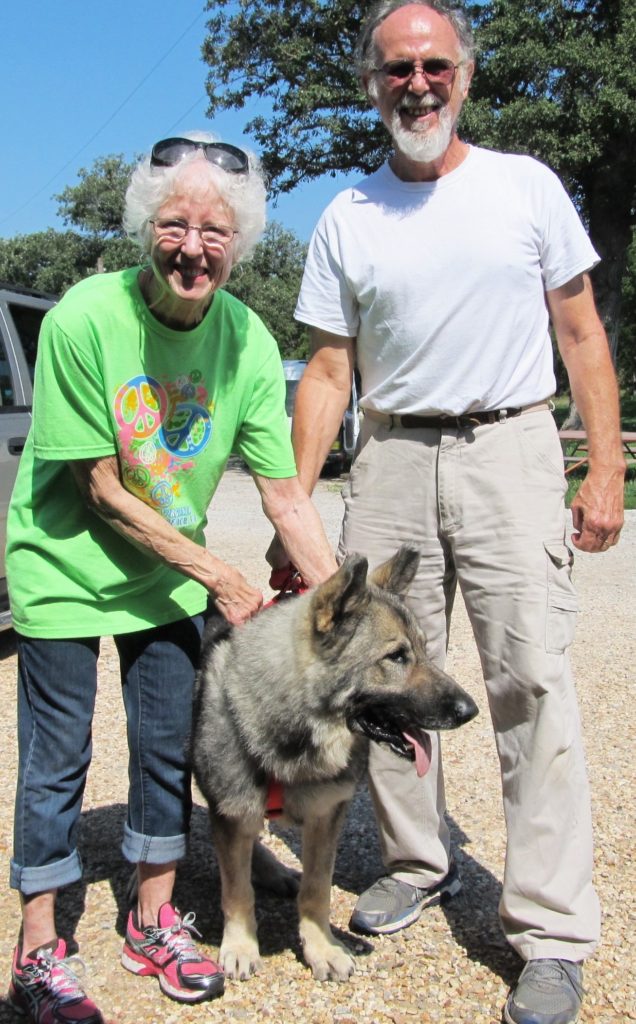
After the engagement, Dave was evacuated on a CH-47 Chinook helicopter and taken to the Marine Hospital in Dong Ha. He was later transferred to Da Nang, and around the beginning of May, he was transferred to the Army hospital in Camp Zama, Japan. He had a badly damaged kidney, still had shrapnel in him, and had to learn to walk again, but he considers himself lucky. That’s because after he was wounded, Charlie Battery pulled back to the vicinity of Khe Sanh and, on April 28th, was completely overrun by the NVA. The unit again suffered significant casualties, including four soldiers killed and the loss of the unit’s guns.
Around the end of May 1969, Dave returned to Fort Riley, Kansas, to recuperate. Due to the seriousness of his injuries, he was given an early out from the Army. By September 1st, he was back at the University of Nebraska Omaha attending classes, where he again played football and graduated with a bachelor’s degree and teaching certificate. But the war had changed Dave. He was angry at the intense suffering the war caused, especially among South Vietnamese civilians, and that the U.S. war effort wasn’t what the U.S. government portrayed it to be. He was also disappointed at the lack of public support for U.S. military members fighting and dying in Vietnam. Finally, he’d been very lonely throughout his entire tour in Vietnam, having transferred so frequently between units he found it hard to make good friends. As a result, it took Dave a number of years to work through everything and find himself, which he eventually did after earning additional degrees and embarking on a career as an educational therapist.
Now retired in Bellevue, Nebraska, after running a community gardening program for United Methodist Ministries, Dave looks back at his life and is satisfied with what he sees. He has a wonderful wife, Kathryn, whom he describes as his hero after her thirty years of government service with the Social Security Administration and her tour of duty with the Peace Corps. He also has wonderful children and grandchildren that bring joy to every day of his life. In sum, he still considers himself a lucky man.
Voices to Veterans salutes 1st Lieutenant Dave Anson for his dedicated service in Vietnam and for his bravery under fire. Dave, who was awarded two Purple Hearts and a Bronze Star for valor, never wavered when duty called, even at the cost of great personal sacrifice. At least now, a grateful nation better understands and appreciates all that Dave and other Vietnam veterans have done in the name of freedom.
If you enjoyed Dave’s story, please sign up for the Voices to Veterans Spotlight monthly newsletter by clicking here. Once each month, you’ll receive a new written veteran’s story and a new podcast directly in your mailbox. Best of all, it’s free and you can unsubscribe at any time.


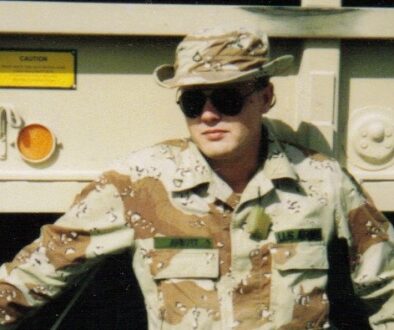

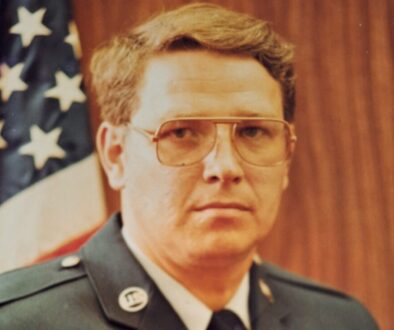
October 8, 2019 @ 12:03 PM
Glad to read the story on 1lt Dave Anson.
I knew Dave at university of nebraska omaha in 1983 thru 85. He is a good guy and has a very compelling story. Thanks for telling his story.
October 8, 2019 @ 8:40 PM
Bob – thanks for your comment. I’ll pass along to Dave that you took the time to read his story and left a comment.
February 3, 2020 @ 8:15 PM
Dave,
Thanks for publishing Dave Anson’s story. Brought back a lot of memories. I finished my Artillery O.C.S. stint at Sill in the fall of ‘68 but, luck of the draw or whatever it’s called, was assigned to Germany (75 of my class finished, 71 went to Southeast Asia, 4 to Europe). Do remember that 1 good friend/class member, Irving Chenoweth, was killed 3 months after arriving in ‘Nam-Tây Ninh/small arms fire apparently. He & I enlisted at the same time, went through Basic together at Fort Leonard Wood and then the A.I.T. & O.C.S. exercise at Sill. Irving was awarded: Purple Heart, Silver Star Medal, Bronze Star Medal, Artillery Badge, National Defense Medal, Vietnam Service Medal with One Service Star, Vietnam Campaign Medal, Good Conduct Medal. What a loss!
February 3, 2020 @ 8:49 PM
Mike – thanks for taking the time to read Dave’s story and for letting me know about your service and Irving Chenoweth’s. Irving sounds like he must have done some heroic things in Vietnam, so I’m really glad you brought his name into the discussion. Now everyone who read’s Dave’s story will also see Irving’s name and remember his sacrifice. I have a special connection to you artillery guys. Not only have I worked with a number of soldiers from the 1st/40th to tell their stories, but my son is a young artillery officer with the 25th Infantry Division in Hawaii. You are all great role models for him – thanks for your service in the Army!